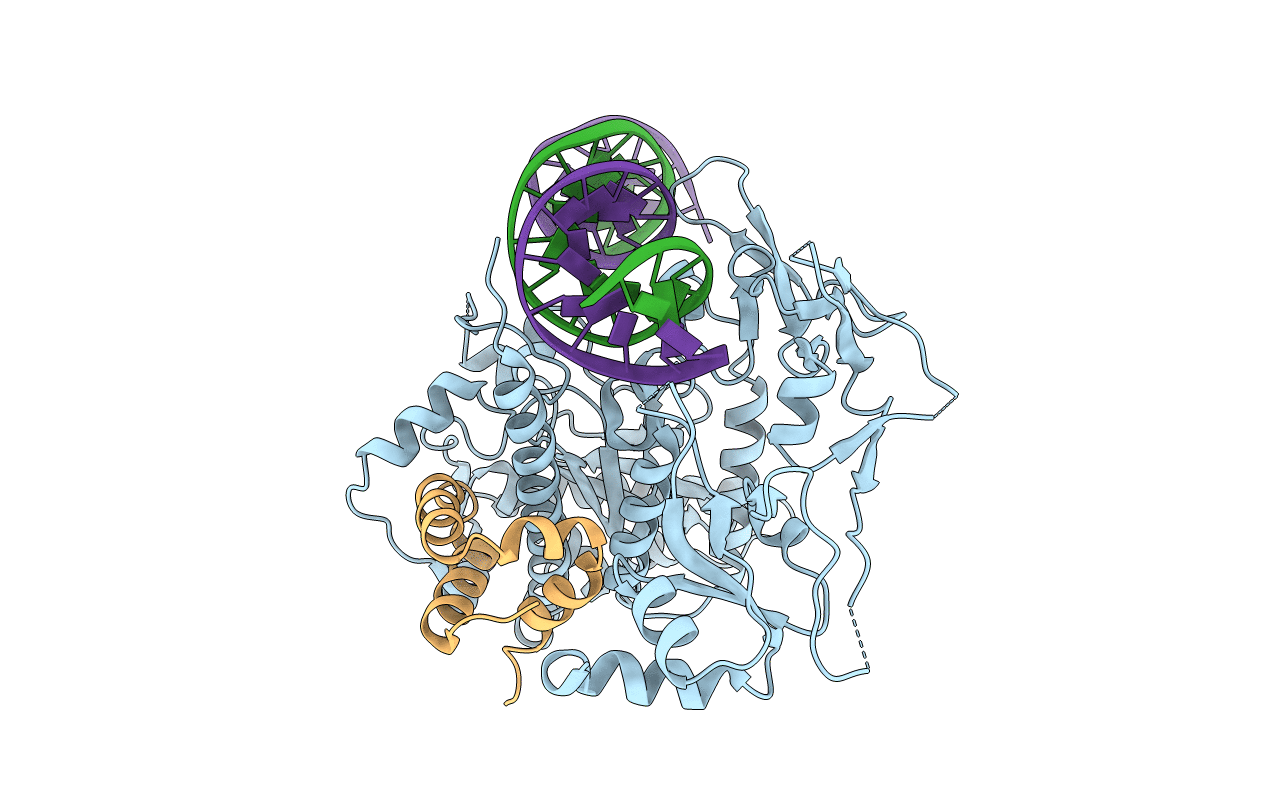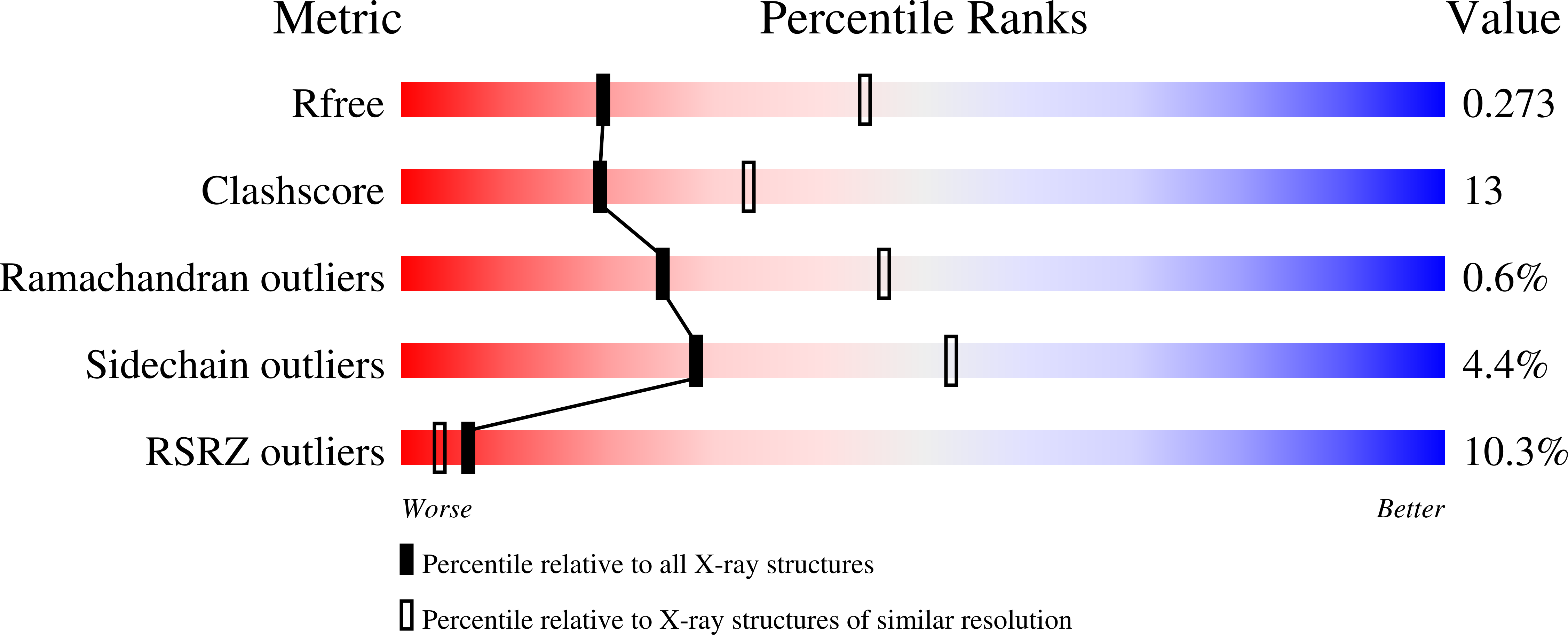
Deposition Date
2019-09-25
Release Date
2021-03-31
Last Version Date
2024-11-20
Entry Detail
PDB ID:
6UG1
Keywords:
Title:
Sequence impact in DNA duplex opening by the Rad4/XPC nucleotide excision repair complex
Biological Source:
Source Organism:
Saccharomyces cerevisiae (strain ATCC 204508 / S288c) (Taxon ID: 559292)
Saccharomyces cerevisiae (Taxon ID: 4932)
Saccharomyces cerevisiae (Taxon ID: 4932)
Host Organism:
Method Details:
Experimental Method:
Resolution:
2.83 Å
R-Value Free:
0.27
R-Value Work:
0.22
R-Value Observed:
0.22
Space Group:
P 1


